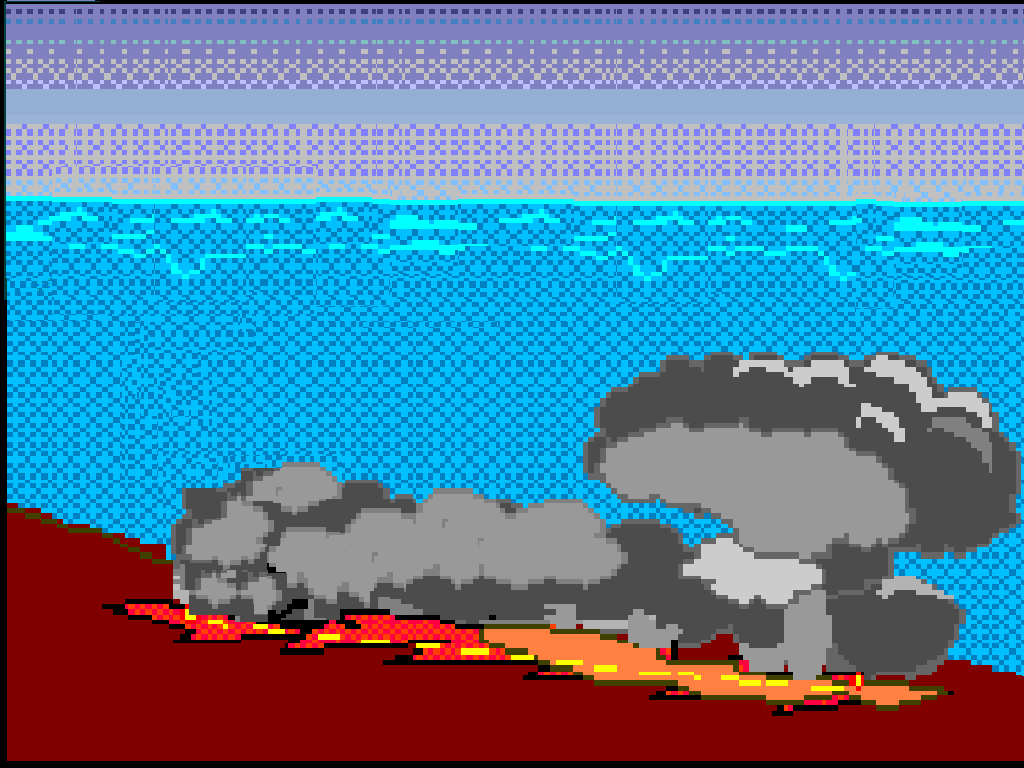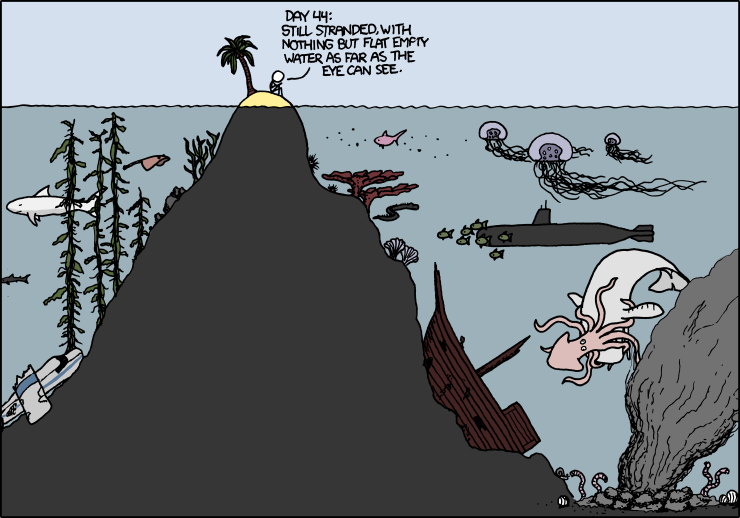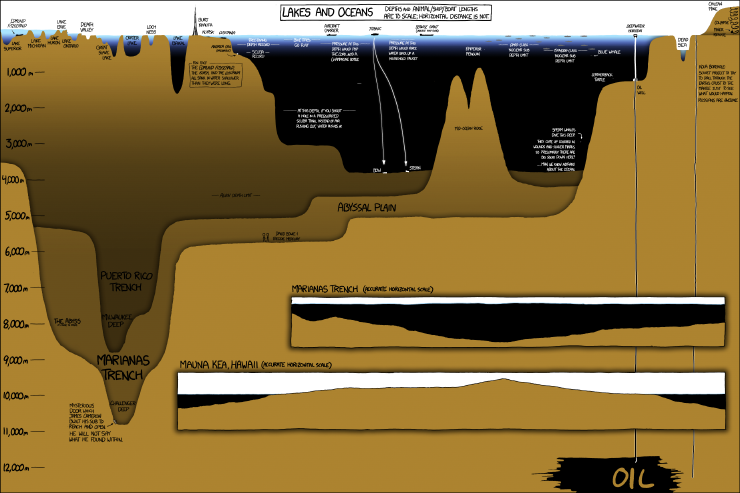By Dawn Barlow, MSc student, Department of Fisheries and Wildlife, Geospatial Ecology of Marine Megafauna Lab
In 2013, Leigh first published a hypothesis that the South Taranaki Bight region between New Zealand’s North and South Islands is important habitat for blue whales (Torres 2013). Since then, we have collected three years of data and conducted dedicated analyses, so we now understand that a unique population of blue whales is found in New Zealand, and that they are present in the South Taranaki Bight year-round (Barlow et al. in press).

This research has garnered quite a bit of political and media attention. A major platform item for the New Zealand Green Party around the last election was the establishment of a marine mammal sanctuary in the South Taranaki Bight. When the world’s largest seismic survey vessel began surveying the South Taranaki Bight this summer for more oil and gas reserves using tremendously loud airguns, there were rallies on the lawn in front of Parliament featuring a large inflatable blue whale that the protesters affectionately refer to as “Janet”. Needless to say, blue whales have made their way into the spotlight in New Zealand.

Now that we know there is a unique population of blue whales in New Zealand, what is next? What’s next for me is an exciting combination of both ecology and conservation. If an effective sanctuary is to be implemented, it needs to be more than a simple box drawn on a map to check off a political agenda item—the sanctuary should be informed by our best ecological knowledge of the blue whales and their habitat.
In July, Leigh and I will attend the Society for Conservation Biology meeting in Wellington, New Zealand, and I’ll be giving a presentation titled “Cloudy with a chance of whales: Forecasting blue whale presence based on tiered, bottom-up models”. I’ll be the first to admit, I am not yet forecasting blue whale presence. But I am working my way there, step-by-step, through this tiered, bottom-up approach. In cetacean habitat modeling, we often assume that whale distribution on a foraging ground is determined by their prey’s distribution, and that satellite images of temperature and chlorophyll-a provide an accurate picture of what is going on below the surface. Is this true? With our three years of data including in situ oceanography, krill hydroacoustics, and blue whale distribution and behavior, we are in a unique position to test some of those assumptions, as well as provide managers with an informed management tool to predict blue whale distribution.
What questions will we ask using our data? Firstly, can in situ oceanography (i.e., thermocline depth and temperature, mixed layer depth) predict the distribution and density of blue whale prey (krill)? Then, can those prey patterns be accurately predicted in the absence of oceanographic measurements, using just satellite images? Next, we’ll bring the blue whales back into the picture to ask: can we predict blue whale distribution based on our in situ measurements of oceanography and prey? And finally, in the absence of in situ measurements (which is most often the case), can we forecast where the whales will be based just on remotely-sensed images of the region?

So, cloudy with a chance of whales? Well, you’ll have to stay tuned for that story in the coming months. In the meantime, I can tell you that as daunting as it is to aggregate so many data streams, each step of the way has a piece of the story to tell. I can’t wait to see how it falls together, both from an ecological modeling perspective and a conservation management objective.

References:
Torres, L. G. (2013). Evidence for an unrecognised blue whale foraging ground in New Zealand. New Zealand Journal of Marine and Freshwater Research, 47(2), 235-248.
Barlow, D. R., Torres, L. G., Hodge, K. B., Steel, D. Baker, C. S., Chandler, T. E., Bott, N., Constantine, R., Double, M. C., Gill, P., Glasgow, D., Hamner, R. M., Lilley, C., Ogle, M., Olson, P. A., Peters, C., Stockin, K. A., Tessaglia-Hymes, C. T., Klinck, H. (in press). Documentation of a New Zealand blue whale population based on multiple lines of evidence. Endangered Species Research.
























 The team then sent the Deep Submergence Vehicle (
The team then sent the Deep Submergence Vehicle (




































You must be logged in to post a comment.